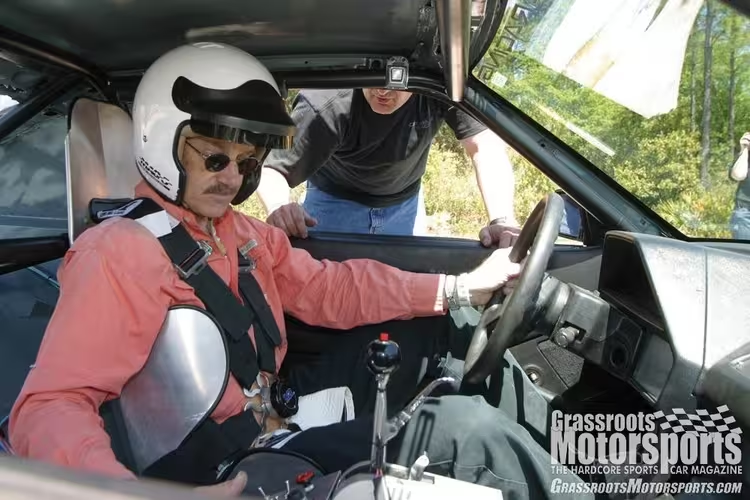[Editor’s Note: This article originally appeared in the December 2004 issue of Grassroots Motorsports.]
They were cute, those first Minis that showed up at autocrosses in the ’60s, lifting their inside-rear wheels high as they zipped around corners. People pointed and laughed when the Rabbits took to the track in the ’70s, looking like they could flip over at any moment.
Keeping the Front Wheels Connected
Picture any car under acceleration. What happens? Easy: The front wheels unload and the rear wheels become more heavily loaded due to weight transfer. In extreme cases, such as drag racing, the front wheels may actually leave the ground.
On a rear-wheel-drive car, this weight transfer is desirable under acceleration, as the heavily loaded rear tires provide great traction (even though the fronts can’t steer!). The harder the car accelerates, the harder it plants the tires, allowing them to put more power to the ground.
If they should begin to slip, however, acceleration is reduced, weight begins to transfer back to the front, and traction can only be regained by reducing the torque applied to the wheels. This is why drag racers try not to spin their tires off the line. You often see a driver shut down completely if he happens to smoke the tires, knowing that his race is hopeless.
In the case of the front-driver, when acceleration causes weight to transfer off the front tires, further acceleration is limited. But even if a tire loses traction, the resulting reduction in acceleration tends to reduce weight transfer, putting weight back on the front wheels and reestablishing their traction capabilities. The problem self-corrects. For this reason, front-wheel-drive cars are generally easier to launch and less sensitive to driver technique than their rear-drive counterparts.
Weight transfer doesn’t only happen during acceleration. Under braking, weight transfers to the front wheels, which also works against the front-wheel-drive car, as it is already likely to have most of its weight on the front wheels. Under braking, the rear wheels become lightly loaded and susceptible to lockup.
Nose-heavy rear-wheel-drive cars face the same problems, but…
Click Here to Read the Full Original Article at Grassroots Motorsports Online Articles…

